State Theatre as a World-class Integrated Heritage Development
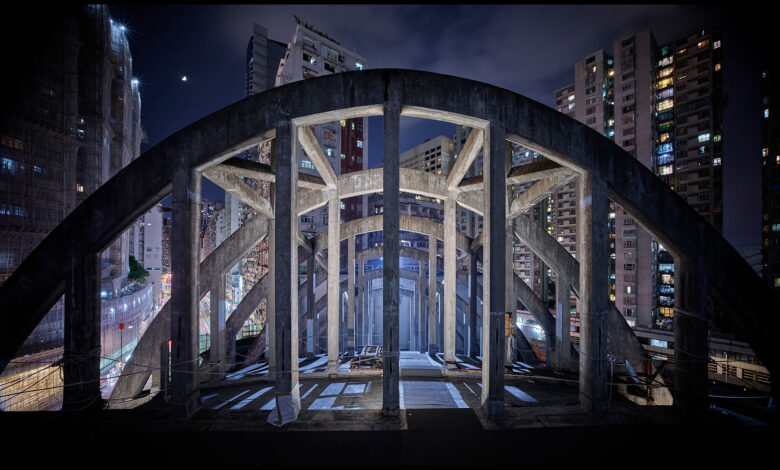
In this city where old buildings are rapidly being replaced by modern developments and heritage often struggles to keep pace, New World Development is rewriting the narrative with the revitalisation of the State Theatre.
Driven by the company’s vision, this ambitious project not only conserves the theatre’s architectural heritage but, more importantly, honours its storied past while reimagining it as a contemporary heritage landmark that seamlessly bridges history and modernity.
With revitalisation efforts in full swing, the State Theatre is being meticulously revitalised to inspire future generations, solidifying its place as a cornerstone of Hong Kong’s modernised heritage.
1. World-Class Integrated Development
Encircled by luxury residences, Grade-A office spaces and high-end retail, the revitalised State Theatre is set to become a world-class integrated development. This sophisticated blend of uses ensures the theatre serves the diverse needs of residents, professionals and visitors alike.
The State Theatre seamlessly integrates heritage with contemporary urban living, redefining modernised heritage development in Hong Kong. Its transformation reaffirms its status as a vibrant and essential part of the city’s urban landscape, ensuring its legacy endures for generations.
2. A Jewel of North Point’s Golden Era
The State Theatre first opened its doors in 1952, during a transformative time for Hong Kong. North Point, where the theatre is located, was experiencing a cultural renaissance, fuelled by waves of Shanghainese immigrants fleeing World War II.
-
State Theatre, Previously known as the Empire Theatre in the 1950s, was a cultural landmark in North Point. -
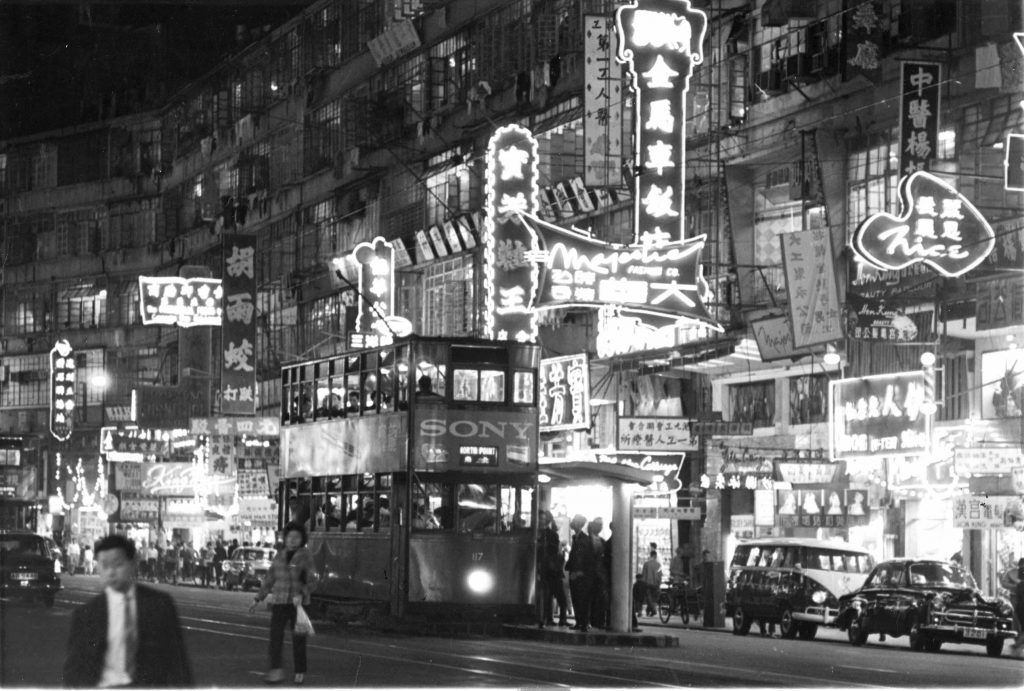
Post-war, Hong Kong had a glamorous and vibrant atmosphere.
These new residents infused the district with a cosmopolitan flair, earning it the nickname “Little Shanghai.” Against this vibrant backdrop, Russian-Jewish entrepreneur Harry Oscar Odell chose to realise his vision for a world-class performance venue.
Odell, a passionate advocate of classical music and the arts, founded the Empire Theatre, later renamed the State Theatre. His ambition was to elevate Hong Kong’s cultural status by hosting international and local talents on an unparalleled stage.
The theatre became one of the city’s first international performance venues, welcoming luminaries such as British composer Benjamin Britten, tenor Peter Pears, and the renowned Dragon and Phoenix Cantonese Opera Troupe. More than a venue for entertainment, the State Theatre was a stage where East met West, and where Hong Kong’s cultural identity began to take shape.
3. An Architectural Marvel
Architecturally, what distinguished the State Theatre was its iconic “flying arches”—a series of parabolic exoskeleton trusses ingeniously designed with bridge-building mechanics to suspend the roof. This innovative design eliminated the need for interior columns, providing an unobstructed view for audiences while also serving as a bold visual statement.
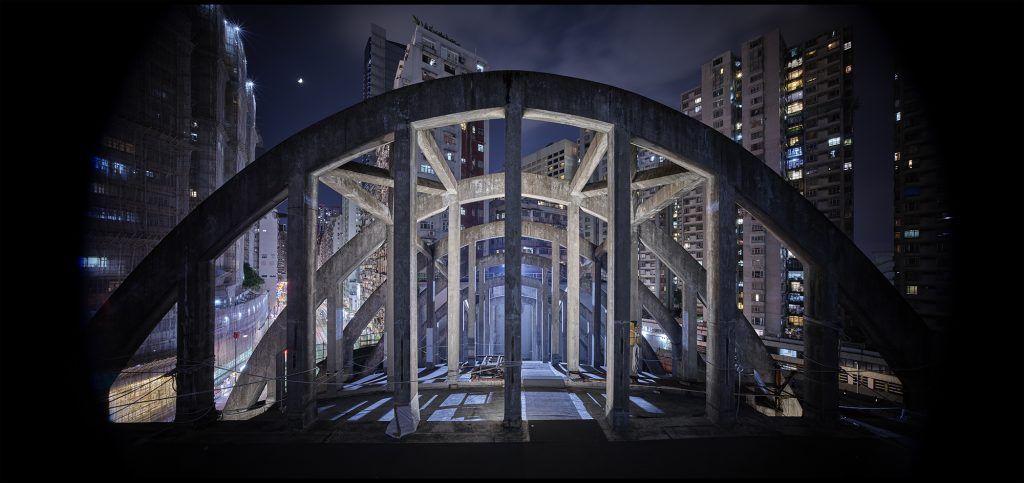
Designed with both function and aesthetics in mind, the “flying arches” quickly became a symbol of the theatre’s ingenuity and ambition. They remain one of the defining features that earned the building its Grade I historic building status in 2017.
Beyond its architectural innovation, the theatre set a precedent for urban design in Hong Kong. In 1959, it was transformed into a mixed-use complex, combining a shopping mall, residential spaces, and cultural offerings – an early example of multifunctional urban design, decades ahead of its time.
4. A Visionary Revitalisation
The revitalisation of the State Theatre has gained international recognition, marked by collaboration with UNESCO and leading conservation experts. In June 2023, New World Development, together with its non-profit arm Culture for Tomorrow, hosted an international symposium in partnership with UNESCO and the University of Hong Kong.

The symposium focused on innovative approaches to heritage revitalisation, using the State Theatre as a case study to explore the balance between historical conservation and contemporary urban needs. Contributions from local NGOs and international organisations, including Docomomo International, underscored the theatre’s cultural and architectural significance.
In 2017, the State Theatre was granted Grade 1 historic building status by the Antiquities Advisory Board, safeguarding its legacy and paving the way for its transformation into a global benchmark for modern conservation practices.
5. A Global Benchmark in Cultural Revitalisation
The State Theatre’s revitalisation is part of a broader trend in global urban renewal, drawing comparisons to landmark projects such as Hong Kong’s Victoria Dockside and London’s Battersea Power Station.
These projects demonstrate how historic sites can be transformed into thriving cultural and commercial hubs while retaining their unique identities.
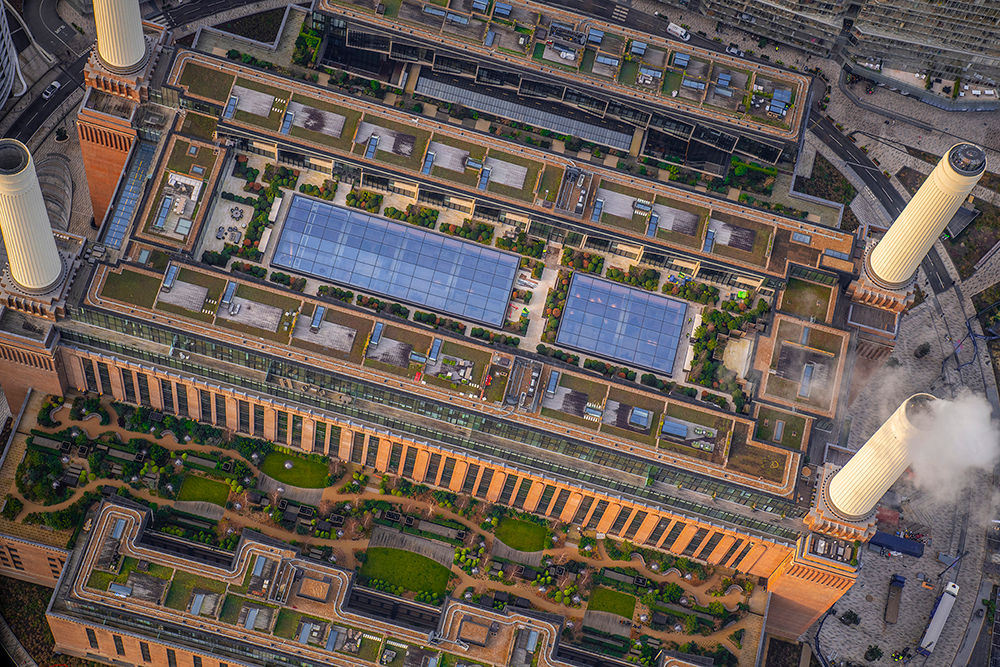
Victoria Dockside, for instance, transformed a former shipping terminal into a world-class destination, home to luxury residences, offices, Rosewood Hong Kong and K11 MUSEA, while Battersea Power Station reinvented an industrial site as a vibrant centre for living, commerce and leisure.
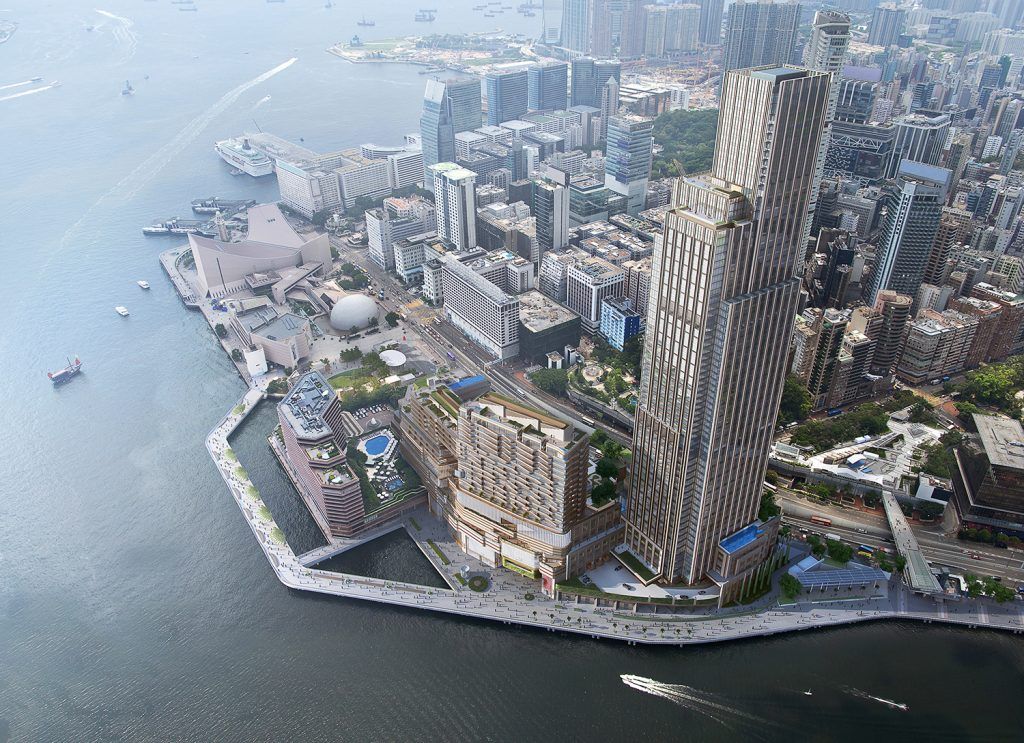
Similarly, the State Theatre merges cultural heritage with modern sophistication, offering a unique blend of history and innovation that elevates both the building and the surrounding community.
6. Vertical Cultural City
“Successful restoration projects are not just about restoring the building; they’re about making it relevant today and in the future,” explains Matthew Potter, Director of WilkinsonEyre’s Hong Kong office. This guiding philosophy ensures that the State Theatre remains a living, functional part of Hong Kong’s urban fabric, rather than a static monument to the past.

As the project is in full swing, WilkinsonEyre is aware of its importance. “We hope this will be a place where you can live, work and play – a vertical city of sorts. But more than that, it should be a place that inspires. We hope what we’ve added will make the State Theatre’s already strong legacy even stronger.”
The whole State Theatre development is poised to reopen as a hub where history, culture, and modern life meet, all while retaining its identity. “It’s a new chapter for the development,” he reflected. “We hope it continues its story in a way that respects its storied past but also adapts to today’s needs.
Key Visual: State Theatre is a world-class integrated development that blends its heritage with contemporary luxury residences, Grade-A offices, and retail in a visionary architectural transformation. A wireframe drawing of State Theatre (© WilkinsonEyre)
The information in this article is accurate as of the date of publication.




